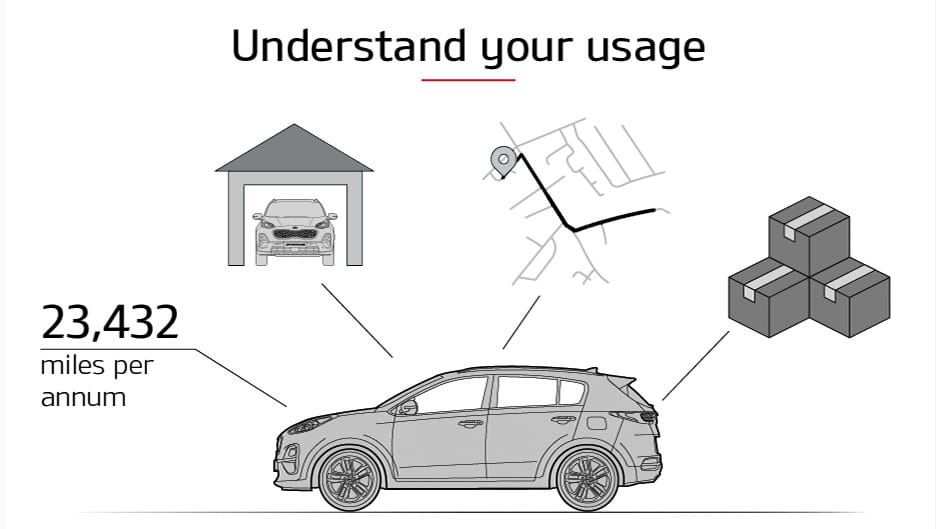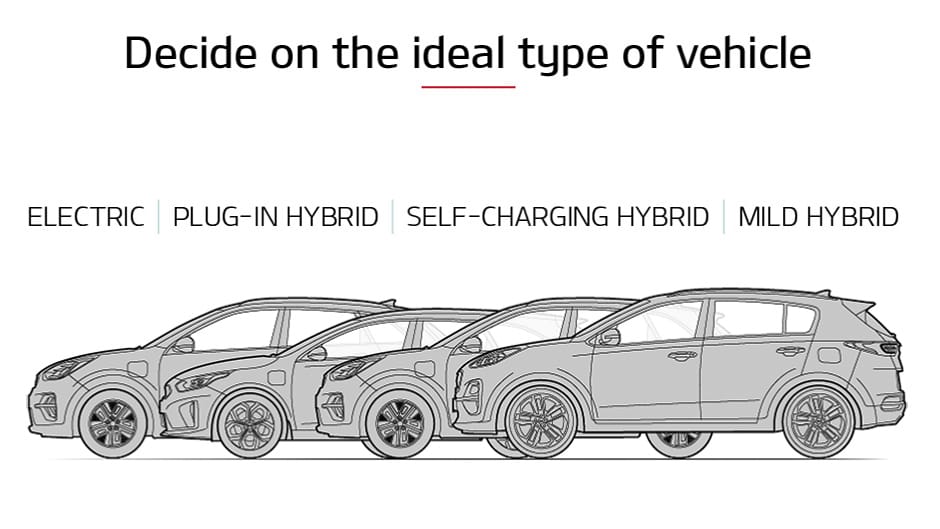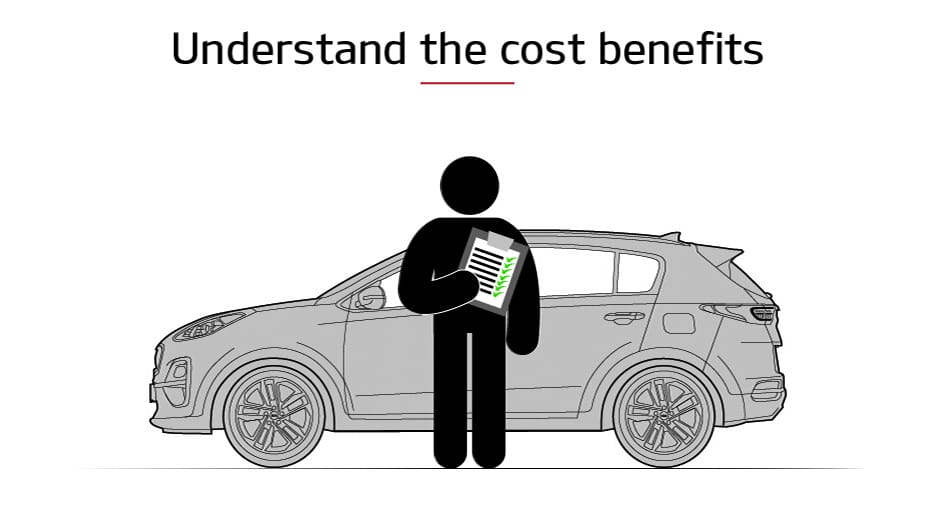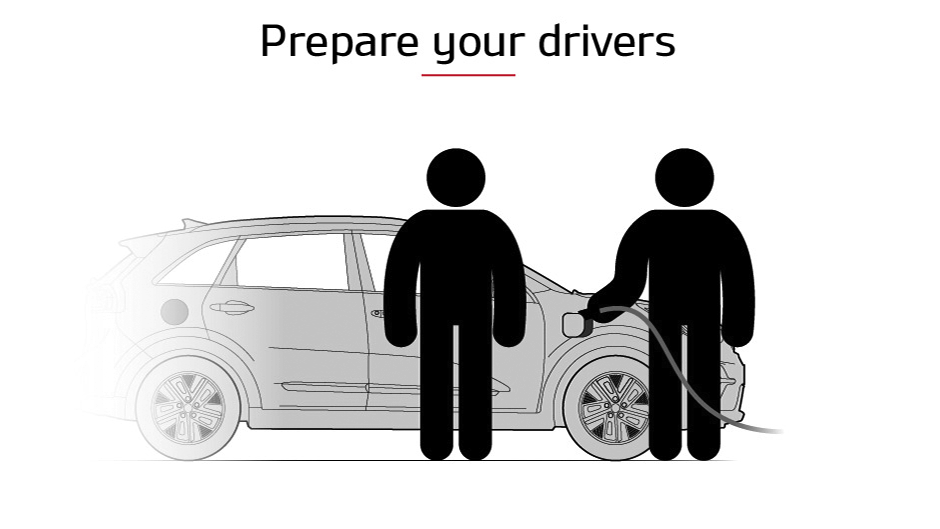News

How to switch to an electric fleet
With their superior whole life costs, electric vehicles can no longer be ignored as a fleet option. Making the switch is easier than you think.
Electric vehicles' technology has improved dramatically in recent years, boasting impressive range, strong performance, and unrivaled refinement. Perhaps more importantly though, they offer markedly lower running costs than petrol or diesel equivalent, and can help your business achieve its corporate social responsibility (CSR) goals - so is it time for your fleet to go electric?
Making the move to electric can seem daunting, but with a little preparation, it should be easy to see which type of electric or hybrid vehicle could work for your business, and more excitingly, how much money you could save. Here's how to get started.
Understand your usage
It may sound obvious, but the first step is to clearly understand how your vehicles are being used. What is the average daily mileage? Do they make a similar journey every day? Where do they park? Is there off-street parking available? Etc. This data will give you an idea of which vehicles will be most suited to your staff (mild hybrid, self-charging hybrid, plug-in hybrid or battery electric) as well as how much you could potentially save.

Decide on the ideal type of vehicle
Once you have a clear idea of how your vehicles are used, you can then pick an appropriate powertrain that will save you money without impacting your business. For example, if your drivers regularly travel 50-200 miles per day, then an electric car such as the e-Niro could comfortably handle that distance on battery power alone. If your drivers mostly cover fewer miles, but make the occasional long-distance journey, then perhaps a plug-in hybrid - such as the Niro PHEV would work. This would give you around 30 miles of electric range for those short trips with the back-up of a petrol engine for long cross-country journeys.

Investigate charging
Once you know what type of vehicle you want, you need to plan how you will charge it. There are now more than 30,200 charging connectors in the UK
- and that number is rising rapidly - so finding somewhere to charge on the road is getting easier by the day. Most electric vehicle charging is still done at home, however.
If your drivers are eligible
they can apply for an OLEV grant that puts £500 towards the cost of purchasing and installing a home charger*. Furthermore with the OLEV Workplace Charging Scheme (WCS)
, your business can also receive a £500 grant towards the purchase and installation of up to 20 workplace charging sockets - meaning a potential £10,000 saving.

Understand the cost benefits
Once you understand which type of vehicle would be most suitable, you can better understand the potential savings and reduced running costs. While the P11D price of electric vehicles is often higher, this is very quickly offset by the cost benefits - this is where using Whole Life Costs
will help you make a more accurate comparison.
For example, electric vehicles - such as the Soul EV and e-Niro - can cost just 4p per mile to fuel - significantly less than petrol or diesel cars. BIK tax, Class 1A NIC, VED and Capital Allowances can all vary drastically too. In BIK tax alone, you could save around £10,000 over three years vs. a diesel equivalent. SMR costs are also significantly lower with Electric vehicles. Do the maths, and you can work out how much you will save.

Prepare your drivers
Once you're confident that an electric or hybrid vehicle is the right choice, the next step is to prepare your drivers. To get them on board, some drivers will need to better understand the benefits of an electric vehicle, while others may need you to debunk myths and misconceptions around electric cars.
It's important that drivers understand how charging
works and are confident that they know how to charge on the go. Furthermore, it is worth educating drivers on how to drive an electric vehicle most efficiently, for example, making good use of regenerative braking can really reduce your energy consumption.
For drivers that aren't quite ready to make the switch, a self-charging hybrid will still allow them to reduce running costs without the need to plug in.

* Drivers can find out whether they're eligible for a home charger at: https://www.gov.uk/government/publications/customer-guidance-electric-vehicle-homecharge-scheme.
You can also see the guidance and eligibilty criteria for the Workplace Charging Scheme here: https://www.gov.uk/government/publications/workplace-charging-scheme-guidance-for-applicants-installers-and-manufacturers

